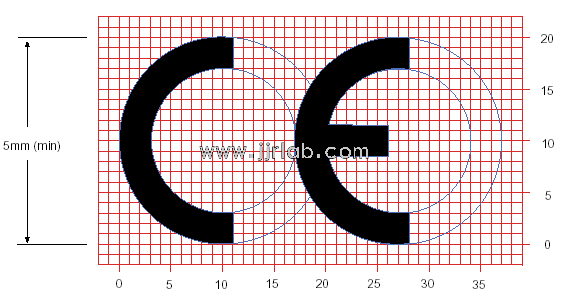
LVD Low Voltage Directive
What is LVD (low voltage directive)?
The European Parliament and Council Directive 2014/35/EU, dated February 26, 2014, concerning the harmonization of the laws of Member States relating to electrical equipment designed for use within certain voltage limits. The directive applies to electrical equipment with a rated voltage between 50V and 1000V for alternating current (AC) and between 75V and 1500V for direct current (DC). The Low Voltage Directive 2014/35/EU ensures that electrical products meet essential health and safety requirements before they are placed on the market. As with other CE directives, this directive applies when electrical products are placed on the market and require the CE mark for free movement within the European EconoMIC Area (EEA).

Low Voltage Directive: Who Does It Apply To?
The Low Voltage Directive applies to manufacturers of electrical equipment who intend to sell their products in Europe, provided the products operate within the voltage limits specified above.
Products CoveRED by the lvd directive:
1. Socket outlets for 230V domestic use
2. Household light fittings, plugs, and sockets
3. Equipment couplers – plugs, outlets
4. Industrial appliance couplers
5. Appliance couplers, such as vehicle heaters, i.e., those manufactured by the manufacturer
6. Cables
7. Components
8. Power cord plugs + cables + sockets, with or without passive components
9. Wiring kits and interconnection wiring kits (plugs + cables + wiring kits)
10. Installation housings and conduits
11. MULtiple travel adapters
12. Multiple travel adapters with power supply (e.g., chargers for mobile phones or music players)
13. Plugs with one or more sockets, fitted with electronic or twilight dimmers
14. Products with integrated plugs and/or sockets, 230V domestic use (e.g., mobile phone chargers, night lights)
15. Switches for domestic and similar fixed electrical installations
Products Not Covered by Low Voltage Directive 2014/35/EU:
1. Electrical equipment for explosive atmospheres
2. Electrical equipment for radiological and medical use
3. Electrical components for lifts and passenger elevators
4. Electrical meters
5. Household plug sockets
6. Electric fence controllers
7. Radio interference
8. Electrical equipment intended for ships, aircraft, or railways, complying with safety regulations from international organizations to which member states adhere.
4. How to Comply with Low Voltage Directive 2014/35/EU
The Low Voltage Directive places the responsibility of conformity assessment on manufacturers: the manufacturer carries out the assessment and records it in their own way. Generally, the conformity assessment requires visual inspections and testing based on European harmonized standards. If the manufacturer cannot or does not wish to carry out the assessment themselves, they may involve third-party bodies, which have no other requirements. However, the manufacturer may want to ensure that the third-party body performing the tests and assessments has the necessary competence.
How We Can Help You Meet the Requirements of the Low Voltage Directive:
As a leading provider of testing and certification solutions, we offer expert technical guidance and professional testing and certification services, enabling you to demonstrate that your products meet the basic requirements of the Low Voltage Directive and any other applicable directives.
We can also offer the following assistance:
The CE mark indicates that your electrical products meet all key regulatory requirements, allowing you to legally sell your products throughout Europe. Our experienced evaluators can guide you through every aspect of CE certification, helping you quickly REACH millions of European customers.
Email:hello@jjrlab.com
Write your message here and send it to us
 What Are the Testing Items of California Propositi
What Are the Testing Items of California Propositi
 E-Cigarette EU TPD Testing
E-Cigarette EU TPD Testing
 Testing Certification for E-cigarettes Exported to
Testing Certification for E-cigarettes Exported to
 What is Amazon US CPC Certification?
What is Amazon US CPC Certification?
 UK Toy Safety Regulation Standard EN 71-13
UK Toy Safety Regulation Standard EN 71-13
 What is EU UFI Registration?
What is EU UFI Registration?
 EU UFI Registration for E-cigarette E-liquid
EU UFI Registration for E-cigarette E-liquid
 How to get the MSDS Report for Electronic Cigarett
How to get the MSDS Report for Electronic Cigarett
Leave us a message
24-hour online customer service at any time to respond, so that you worry!




